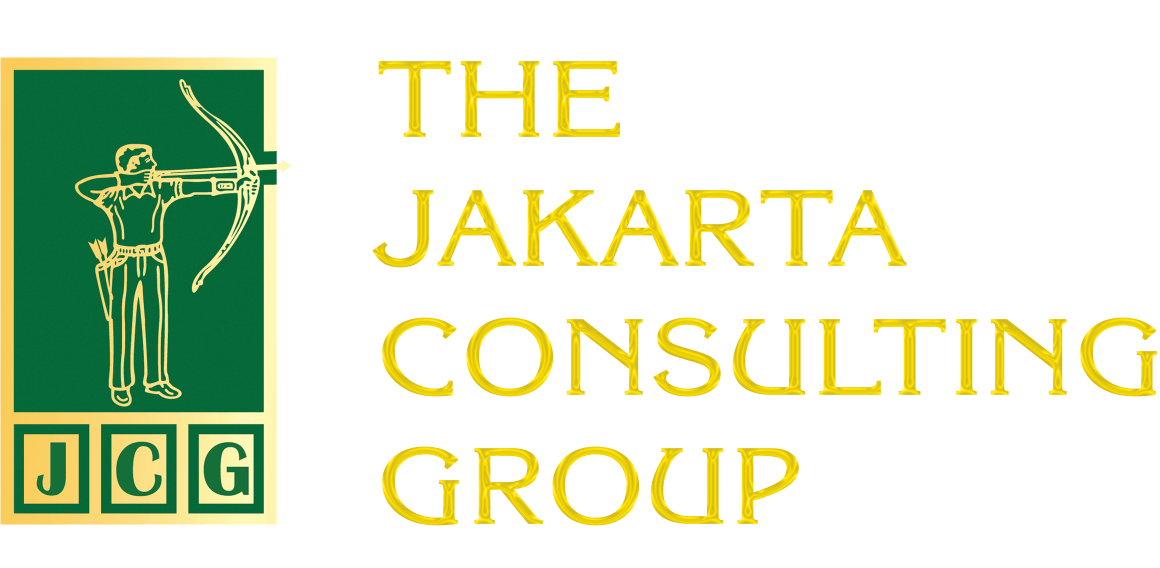Laissez-Faire leadership is all about giving your team members full freedom to make decisions and carry out tasks in their own way, according to their own interests and needs.
Also known as delegative leadership, this style is where the leader takes a step back and lets the team take the reins. Research has shown that this approach often leads to lower productivity among team members, but that’s not always the case. There are definitely situations where Laissez-Faire leadership can be the perfect fit.
So, what is Laissez-Faire leadership all about? It’s often referred to as the “hands-off” style, focusing on giving team members the autonomy to figure out how to get things done. This style works especially well when your team is highly skilled and experienced, needing little oversight or direction.
In contrast to the autocratic leadership style, Laissez-Faire leadership is all about freedom and letting the team steer the ship. Leaders who embrace this style tend to be more passive, sometimes even avoiding responsibilities, and they let the organization move at its own pace. The idea is that by giving the team plenty of freedom, their efforts will naturally lead to success.
How Does Laissez-Faire Leadership Work?
Laissez-Faire leadership works by letting team members follow their own interests and talents. The leader acts more like a supporter or mediator, rather than someone who controls and directs. This style allows for a high level of autonomy and flexibility, which can foster creativity and innovation.
Leaders in this role ensure that the team understands the organization’s goals and vision, but they leave it up to the team to decide how to achieve those goals. Support is available when needed, but directives and supervision are kept to a minimum.
This leadership style shines when the team is confident, knowledgeable, and capable of working independently. However, it might not be as effective if the team needs a lot of direction or if there are issues that require the leader’s intervention.
Laissez-Faire Leadership for Gen Z
When it comes to leading Gen Z, Laissez-Faire can be a great fit, especially when the situation and the team members thrive on autonomy and flexibility.
This style is perfect when team members are skilled, knowledgeable, and confident enough to work independently. Here are a few scenarios where Laissez-Faire leadership might work well:
- Creative and Innovative Projects: Laissez-Faire leadership lets team members work in ways that align with their interests and talents, boosting creativity and innovation.
- Experienced and Skilled Teams: When your team is full of experts, they’ll likely perform better with the freedom to make decisions and operate flexibly.
- Routine Tasks with Clear Procedures: If the work is familiar and the procedures are clear, team members might not need constant direction and supervision.
However, Laissez-Faire leadership might not be the best choice if the team or situation calls for a lot of guidance, or if problems arise that need the leader’s attention.
Real-World Examples of Laissez-Faire leadership
Here are some real-world examples of how Laissez-Faire leadership is used:
- Startups: In startups, leaders often use Laissez-Faire leadership to motivate their teams and let them chase after ideas and creativity. This can speed up product development and boost team members’ confidence.
- Creative Industries: This leadership style is ideal in creative fields like design, film, and music, where leaders give their teams the freedom to explore ideas and create amazing work.
- Consulting Projects: Leaders often adopt Laissez-Faire leadership in consulting projects, allowing team members to pursue innovative and effective solutions for clients. This helps build the team’s expertise and capabilities, leading to successful project outcomes.
- Nonprofits: In nonprofits, leaders may use Laissez-Faire leadership to motivate their teams and let them work in ways that align with their interests and talents, strengthening their confidence and enthusiasm.
How to Evaluate Laissez-Faire Leadership Effectiveness
To see if Laissez-Faire leadership is working, look at the team’s performance, their motivation and confidence levels, and how satisfied they are with how tasks and projects are being handled. If the team is performing better, feeling more motivated and confident, and is happy with the way things are getting done, then Laissez-Faire leadership is likely effective.
Conclusion
Laissez-Faire leadership can bring positive results for your team if used correctly. But leaders should always make sure that this style fits the situation and the team, and regularly evaluate its effectiveness to ensure that the team can perform well and achieve desired outcomes.
Category: Leadership
#Gen z
#autonomy
#flexibility
#freedom
Related Posts:
The Rise of Fractional Leadership: Executives Who Work Part-Time for Multiple Organizations
Micromanaging vs Empowering: Leadership Styles that Transform Engagement into Empowerment
Buzzword Leader vs. Truly Engaged Leadership
The Need for Charismatic Leadership in Business Transformation?
How to Quickly Improve Successor Competence Through Effective On-the-Job Training










